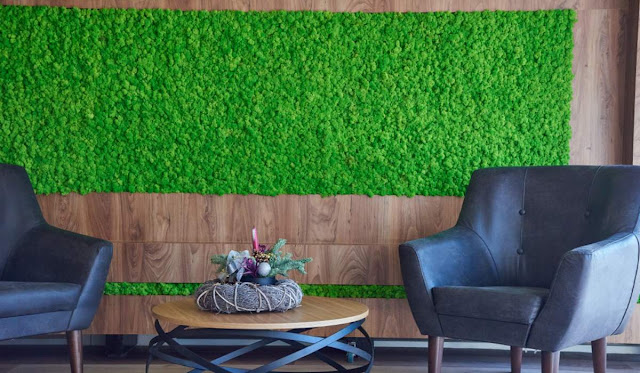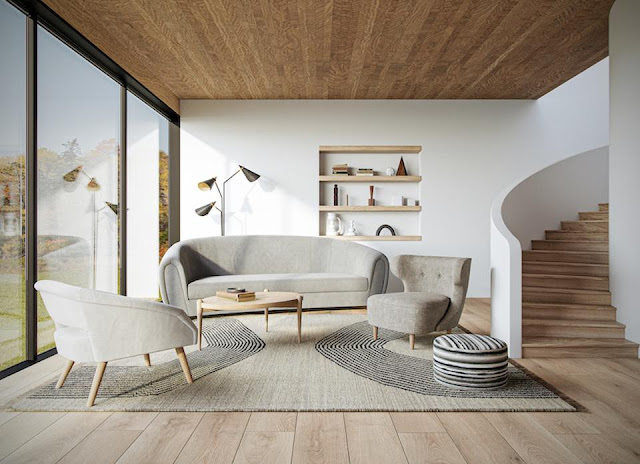Wall Grass: The Unique and Sustainable Alternative to Traditional Walls
Walls are an essential element of any building, providing structural support and defining spaces. However, traditional walls can be monotonous, and in some cases, can even contribute to environmental issues. Wall grass is a unique and sustainable alternative to traditional walls, providing a range of benefits for both the environment and building occupants.
Wall grass is a system that allows for the growth of plants on vertical surfaces, such as walls. It consists of a structure that supports the plants, a growing medium, and an irrigation system. The plants can be chosen based on the desired aesthetic and environmental benefits, with options ranging from grasses to flowering plants.
One of the primary benefits of wall grass is its environmental impact. Traditional walls can contribute to issues such as urban heat islands, where the built environment retains heat and increases local temperatures. In contrast, wall grass can help to reduce the urban heat island effect by providing shade and evaporative cooling.
Wall grass can also improve air quality by absorbing pollutants and releasing oxygen through photosynthesis. This can be particularly beneficial in urban environments where air pollution is a significant issue. Additionally, wall grass can provide habitat for birds and insects, contributing to biodiversity and supporting local ecosystems.
Another benefit of wall grass is its aesthetic appeal. The plants on the wall can provide a natural and calming element to a space, creating a more pleasant environment for building occupants. The use of plants on vertical surfaces can also help to break up the monotony of traditional walls, creating a unique and visually interesting feature.
Wall grass can also contribute to the well-being of building occupants. Research has shown that exposure to nature can have positive effects on mental health and well-being. By incorporating plants into building design, wall grass can create a connection to nature that can improve the overall experience of occupants.
In addition to its environmental and aesthetic benefits, wall grass is also a sustainable alternative to traditional walls. Traditional walls require significant resources, such as concrete and steel, to construct. In contrast, wall grass can be grown using relatively minimal resources, such as water and nutrients. The use of plant-based materials can also reduce the carbon footprint of construction, contributing to overall sustainability goals.
There are some considerations to keep in mind when incorporating wall grass into building design. The growing medium and irrigation system must be carefully chosen to ensure that the plants receive adequate nutrients and water. Additionally, the structure that supports the plants must be designed to be durable and long-lasting, as the weight of the plants can put significant stress on the system.
In conclusion, wall grass is a unique and sustainable alternative to traditional walls, offering a range of benefits for both the environment and building occupants. With its ability to reduce urban heat islands, improve air quality, and provide habitat for wildlife, wall grass is an excellent option for building designers looking to create environmentally friendly spaces. Additionally, the aesthetic appeal and well-being benefits of wall grass can contribute to a more pleasant and enjoyable experience for building occupants. By incorporating wall grass into building design, designers can create spaces that are both beautiful and sustainable.


Comments
Post a Comment